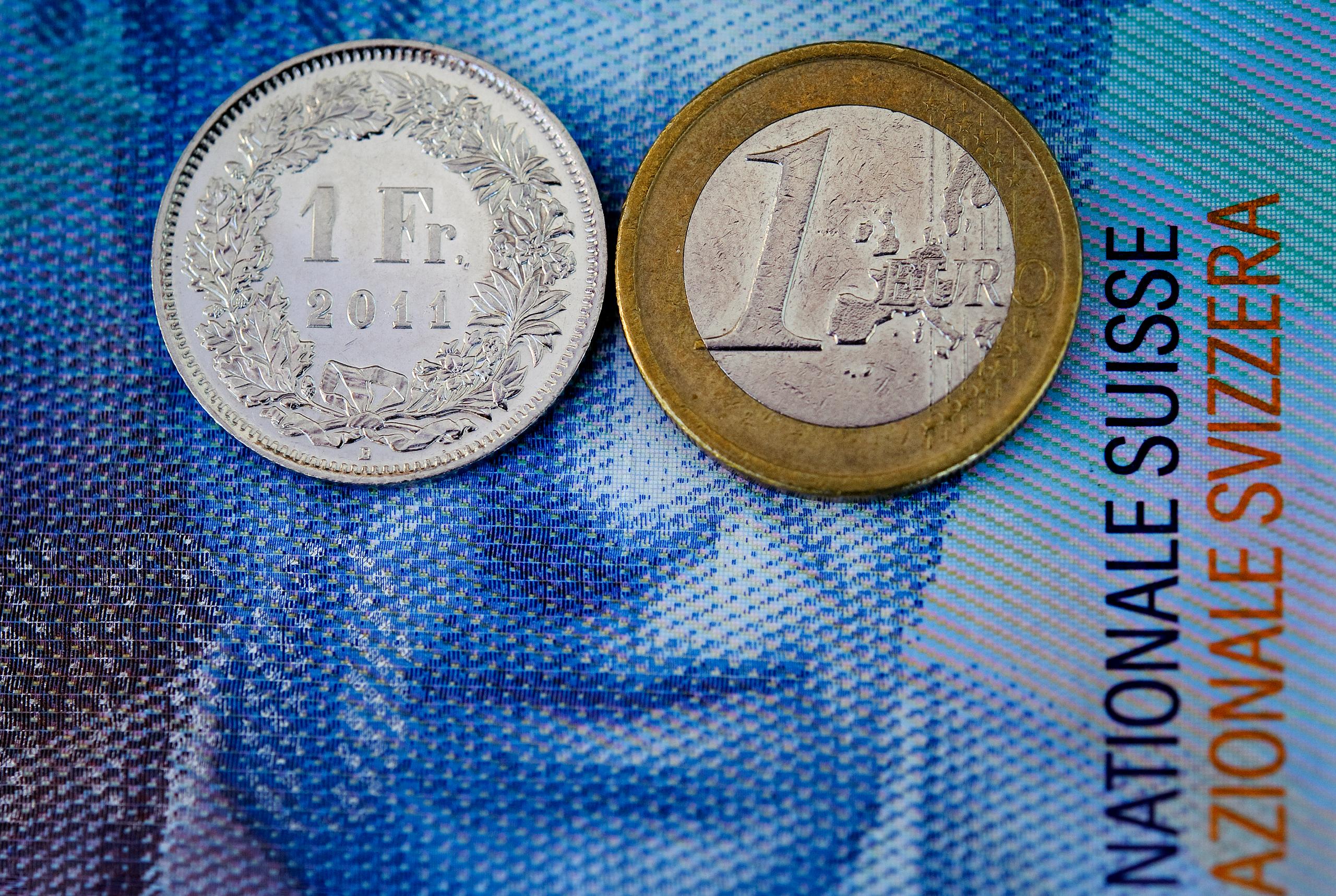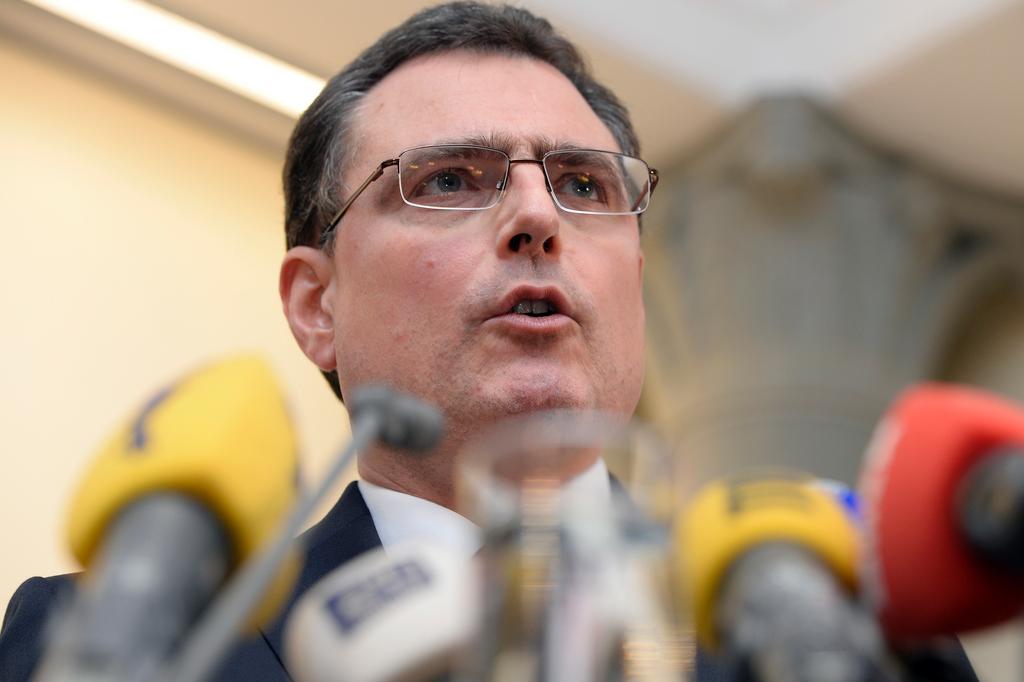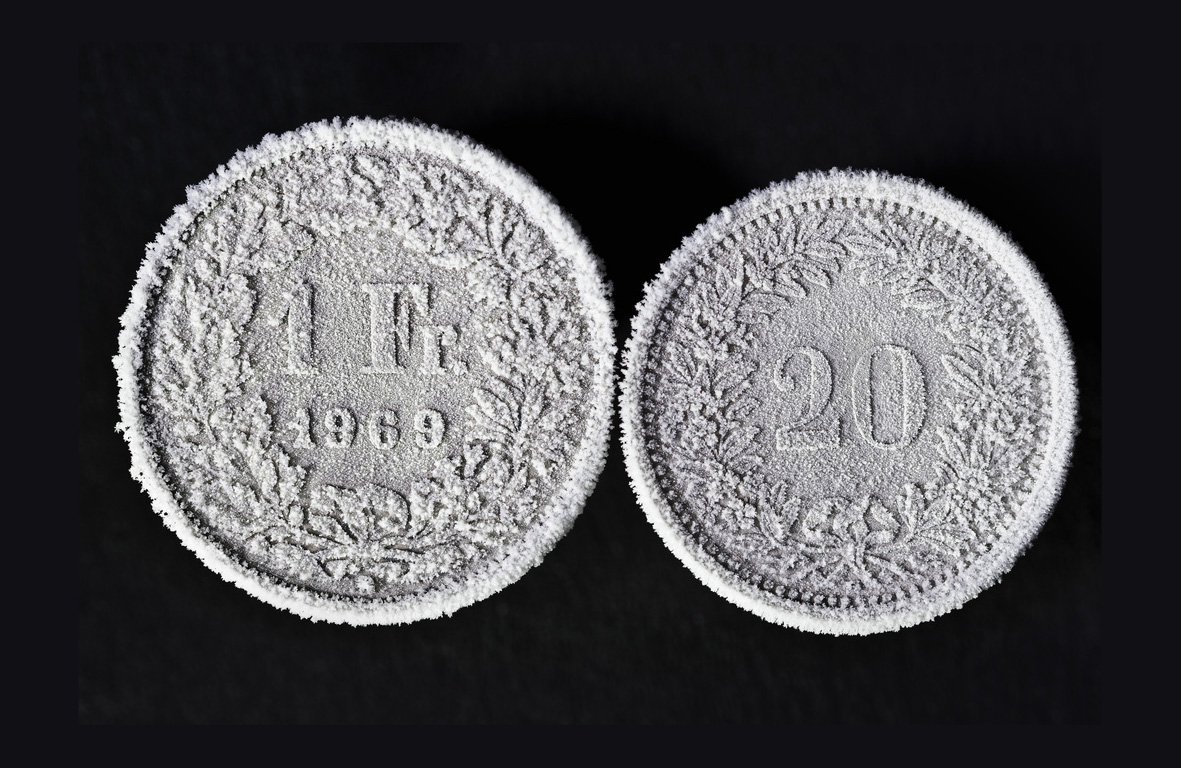Counting the cost of ‘Frankenshock’

One year ago – at exactly 10:29am on January 15 – a euro bought CHF1.20 worth of Swiss goods and services. At 10:30am, Switzerland’s central bank abruptly pulled the plug on its franc-euro exchange rate peg. Within minutes the same euro bought a mere 85 centimes.
For most of last year the franc-euro exchange rate stabilised to a band of around CHF1.05 to CHF1.08, but that still made Swiss goods at least 10% more expensive to euro buyers than they were before January 15 – not to mention the cost of visiting Switzerland for eurozone tourists.
A year on, companies and economists are totting up the economic and political cost of the Swiss National Bank’s (SNB) decision
Last year’s figures look grim. Each month there were an average 6,000 more Swiss out of work compared with 2014; government estimates for economic growth dropped from 2.1% to 0.8% during the course of 2015; 142,000 fewer overnight stays were registered in Swiss hotels between May and October; cross-border retail spending by Swiss consumers rose an estimated 8% to CHF11 billion ($10.9 billion) and company insolvencies were up 7%.
In addition, the SNB also dropped interest rates into negative territory, piling more pressure on struggling Swiss pension schemes and banks trying to sell investments. Some companies have relocated production abroad to help reduce costs, put workers on shortened working hours due to decreased demand or lengthened their working week to 44 hours to up productivity.
Perhaps not every lost job or firm going bust can be pinned exclusively on the strengthening franc. But other factors, such as reduced demand from Switzerland’s largest market – the eurozone – did not change as dramatically as exchange rates last year.
‘Jordan the Destroyer’
“The data we have so far suggests economic stagnation in 2015,” Julius Baer bank economist Janwillem Acket told swissinfo.ch. “But when the full data sets are in and revisions are made we may even find that Switzerland entered a technical recession. For certain, the retail, tourism, machinery and electrical sectors are already in recession.”
“We are also expecting stormy waters in 2016, because we do not expect much exchange rate relief this year,” Acket added. “The only real hope for Swiss industries is that eurozone demand begins to pick up.”
The bleak outlook has seen business lobby groups, companies and some entrepreneurs firing brickbats at the SNB. In December, the Swiss trade union Unia’s publication Work labelled SNB chairman Thomas Jordan: “Jordan the Destroyer”, standing over the “smoking wreck of Swiss industry”.
The article pointed out that, according to International Labour Organisation (ILO) calculations, in the third quarter of last year Switzerland had a higher unemployment rate (4.9%) than Germany (4.5%) for the first time ever.

More
Why a central bank hates a safe haven
Some economists have tempered such comments with the observation that the SNB’s room for manoeuvre was seriously cramped by the European Central Bank’s (ECB) decision last January to release billions of euros into the economy. The SNB has itself mounted a self-defence that it is caught between the ECB’s expansive monetary policy and the opposite propulsion of the US Federal Reserve.
To have taken on the ECB in the money printing game would have swelled its balance sheet to unmanageable proportions, the SNB has repeatedly argued.
Credibility intact
The Tages-Anzeiger newspaper has gone even further in the SNB’s defence, naming Thomas Jordan as its “Swiss of the Year” for displaying courage in removing the franc-euro exchange rate cap.
But SNB remains under intense political pressure. The conservative right Swiss People’s Party has cut down its vociferous criticism of the central bank since it abandoned the exchange rate peg it first set up in 2011. However, the baton of criticism has since been taken up by left leaning parties that are angry at the prospect of jobs being lost now that the franc has been left free to strengthen.
The political debate about the way the SNB functions has also spilled out into referendums. Having seen an initiative voted down in 2014 that would have forced the central bank to hold more gold reserves, the SNB now faces a new vote on a proposal to give it sole responsibility of creating new money in Switzerland.
The SNB has yet to give its full verdict on the latest so-called Sovereign Money initiative, but last month Thomas Jordan said it would be a “risky experiment”.
However, the all important credibility of the SNB in the global markets appears to have remained intact despite its policy u-turn. Acket is impressed that the franc-euro exchange rate has held relatively steady at around CHF1.08 since the summer of last year. It is a sign that the markets are still willing to listen to SNB warnings that it is prepared to intervene in the markets to defend the franc.
“As long as the rate remains stable, companies have a chance to adjust their cost structures,” Acket says. “Having blown up the dam at the moment of the flood, the SNB now appears to be playing for time to give the Swiss economy time to complete its adjustment.”
The Swiss franc has traditionally been considered a safe haven global currency that attracts investors in times of economic strife. This was no different following the 2008 financial crisis that saw the value of many investments plummet together with a huge dose of economic uncertainty about the future.
As the franc started to rise in value against other currencies – most notably the euro, but also the US dollar – pressure mounted on the SNB to help out exporters. In 2011, worsening economic conditions in the eurozone had brought the franc close to parity with the euro.
Fearing a destablising bout of deflation, the SNB started printing francs in ever increasing quantities in the summer of 2011. When this policy failed to turn the markets, on September 6, 2011, the SNB introduced an exchange rate ceiling of CHF1.20 against the euro and vowed to print as much money as was necessary to keep to this peg.
For three and a half years, the intervention worked, but the SNB was forced to swell its coffers of foreign currency reserves to more than CHF500 billion – representing around 70% of the country’s entire economic output. Then, in late 2014, the European Central Bank (ECB) ramped up the pressure on the SNB to boiling point by announcing that it planned to flood the economy with euros.
On January 15, 2015, the SNB had to admit defeat and end its euro-franc exchange rate peg. A week later, as expected, the ECB launched its €1 trillion (CHF1.09 trillion or $1.08 trillion) quantitative easing programme. To compete with the ECB would have meant printing hundreds of billions of new francs, pushing the SNB’s foreign currency holdings to intolerable levels.

In compliance with the JTI standards
More: SWI swissinfo.ch certified by the Journalism Trust Initiative













You can find an overview of ongoing debates with our journalists here . Please join us!
If you want to start a conversation about a topic raised in this article or want to report factual errors, email us at english@swissinfo.ch.